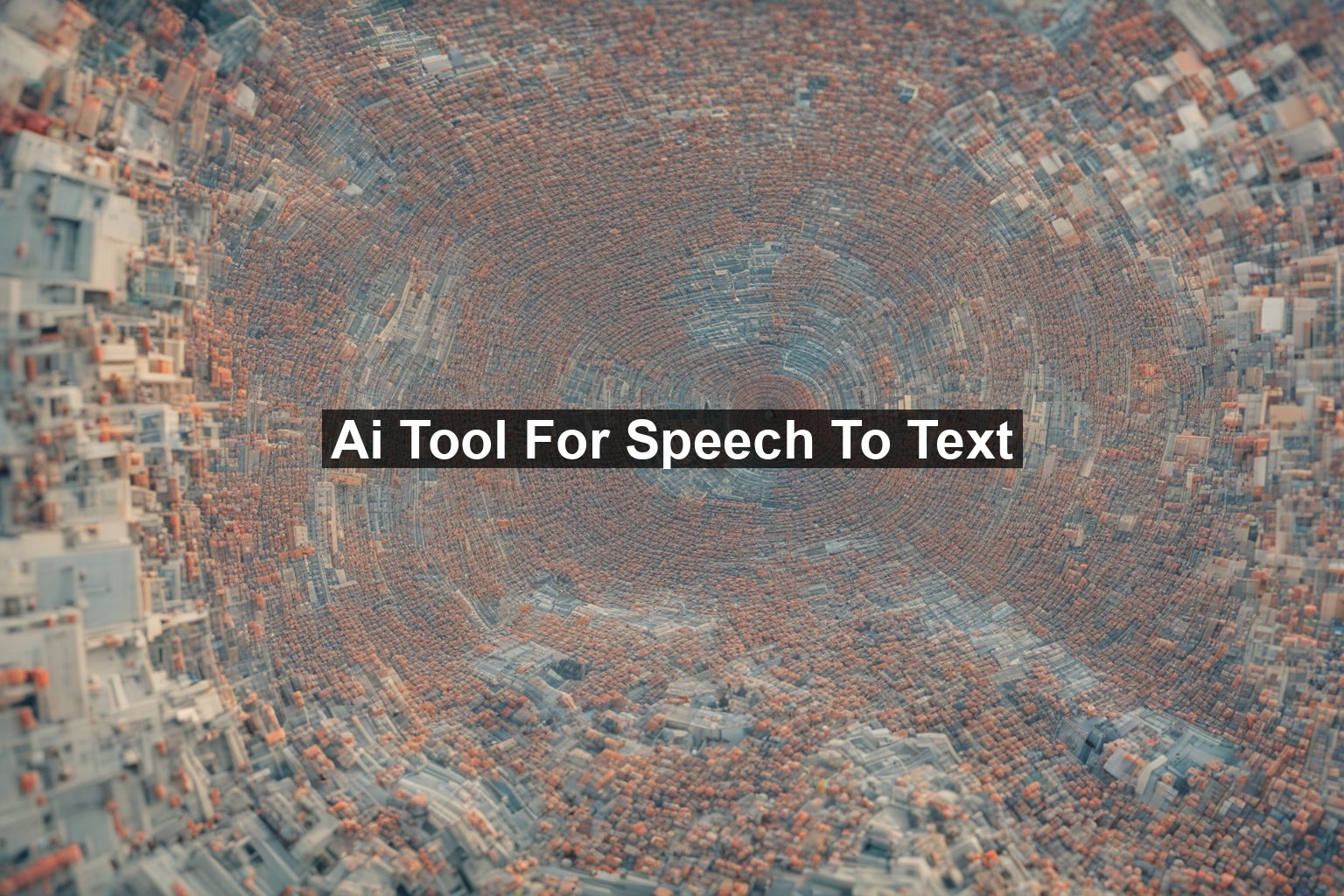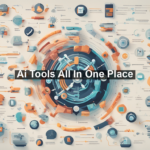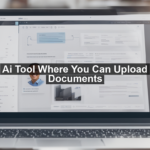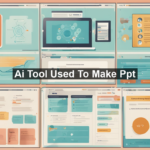Imagine your computer effortlessly transcribing your words as you speak. Welcome to the powerful world of AI-powered speech-to-text tools! These innovative technologies are transforming the way we work and communicate, allowing for unparalleled convenience across various fields and professions. In this article, we will dive into how these tools work, their benefits, and how you can leverage them to enhance productivity. Are you ready to streamline your tasks and harness the power of speech? Let’s get started!
What Are Speech-to-Text Tools and How Do They Work?
Speech-to-text tools are software applications that convert spoken language into written text. They utilize advanced artificial intelligence (AI) and machine learning algorithms to recognize and process speech patterns. Think of them as having a virtual assistant that listens and types everything you say, but with far more precision and speed.
The Technology Behind Speech-to-Text
The core of speech-to-text tools lies in Automatic Speech Recognition (ASR). Here’s how ASR generally works:
- **Voice Capture**: Your voice is captured through a microphone.
- **Pre-Processing**: The captured audio is cleaned up to remove background noise.
- **Feature Extraction**: Unique features of the voice are identified and extracted.
- **Pattern Recognition**: AI algorithms match these features against a large database of known speech patterns to form words and sentences.
- **Text Output**: The recognized speech is converted into text and displayed on the screen.
This complex technology has become increasingly accurate and reliable, thanks to advancements in deep learning and natural language processing (NLP).
Why Should You Use an AI Tool for Speech to Text?
Leveraging an AI tool for speech-to-text can bring numerous benefits across various areas of work and daily life. Here’s why these tools are worth considering:
- Increased Productivity: Talk faster than you type? You’ll find yourself completing tasks in record time by speaking instead of writing.
- Accessibility: These tools are game-changers for people with disabilities, especially those with conditions that inhibit their ability to type.
- Accuracy: Modern AI tools boast accuracy levels that can exceed human transcriptionists, minimizing errors and enhancing efficiency.
- Language Support: AI tools often support multiple languages and dialects, making them versatile for global use.
- Real-Time Transcription: Live captioning capabilities make meetings, lectures, and even social media live streams more accessible and engaging.
How to Choose the Right Speech-to-Text Tool
Given the variety of options available, picking the right tool can seem daunting. Here are some factors to consider:
Accuracy and Reliability
Ensure the tool has high accuracy rates, especially if you’ll be using it for professional or academic purposes.
Language and Accent Support
Check if the software supports the languages and regional accents relevant to you.
Ease of Use
User-friendly interfaces and easy integration into your existing workflow are essential for a seamless experience.
Cost
Many tools offer free trials, but you should also compare subscription fees and additional charges to fit your budget.
Top AI Speech-to-Text Tools to Consider
There are several standout speech-to-text tools worth exploring. Here are a few highly recommended ones:
Google Speech-to-Text
Google’s solution offers exceptional accuracy and supports over 120 languages. It’s a staple for many due to its reliability and ease of integration with other Google services. You can learn more about it on the Google Cloud website.
IBM Watson Speech to Text
Ideal for businesses, IBM Watson offers customizable models and real-time transcription. It’s particularly strong in its analytical capabilities. Additional details can be found on the IBM Watson site.
Otter.ai
A user-friendly tool popular for meeting transcriptions, Otter.ai offers live notes and collaboration features. It’s perfect for team settings and individual use alike. For more information, visit the Otter.ai website.
Real-World Applications of Speech-to-Text Technology
Speech-to-text technology can be applied across various domains:
Business Meetings
Automatically transcribe meetings to keep accurate records and share notes with team members who couldn’t attend.
Education
Help students with disabilities to take notes and follow along with lectures more easily.
Content Creation
Streamline the process of writing blog posts, articles, and scripts by dictating them instead of typing.
Customer Service
Enhance call centers by transcribing customer interactions for better record-keeping and training purposes.
Final Thoughts
AI-powered speech-to-text tools are revolutionizing the way we communicate and work. With their advanced capabilities, they can significantly enhance productivity, accessibility, and accuracy. Whether you are a professional, student, or someone seeking to streamline everyday tasks, exploring these tools is well worth the effort. Embrace the future of seamless communication and take advantage of the innovative solutions at your disposal.
For a deeper dive into the technical aspects of AI speech recognition, check out this comprehensive resource on Wikipedia.











